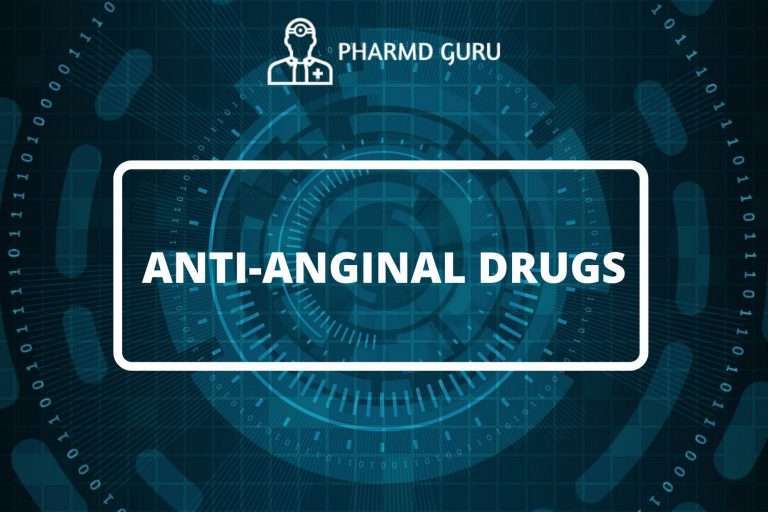
17. ANTI-ANGINAL DRUGS
Introduction Angina pectoris is chest pain caused by reduced blood flow and oxygen supply to the heart muscle. When the oxygen demand of the heart becomes higher than supply, the…

Introduction Angina pectoris is chest pain caused by reduced blood flow and oxygen supply to the heart muscle. When the oxygen demand of the heart becomes higher than supply, the…
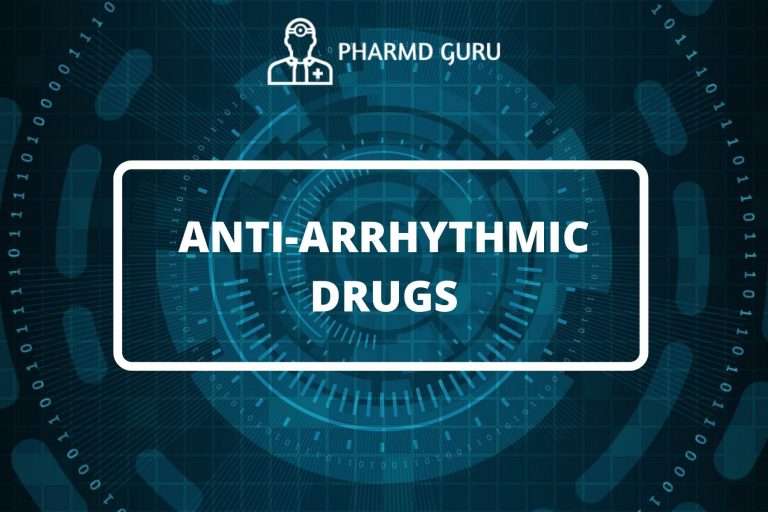
Introduction Arrhythmia means any abnormality in the normal rhythm or rate of the heartbeat. It occurs when electrical impulses that control heart activity are disturbed. These disturbances may involve abnormal…
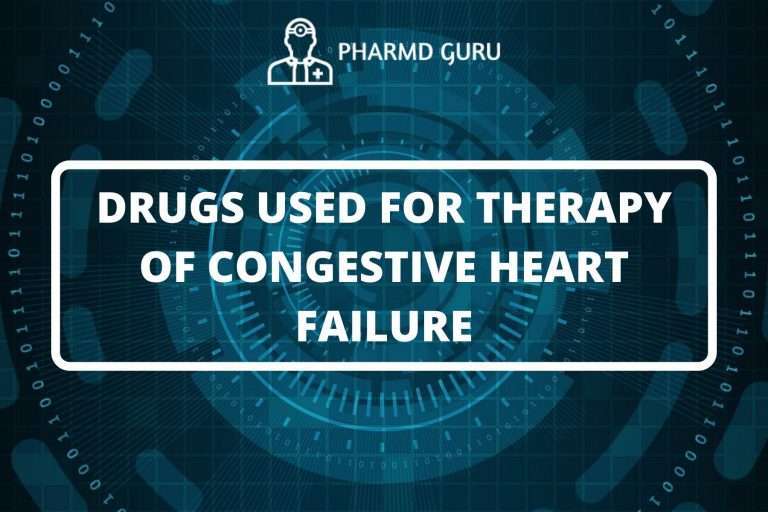
Introduction Congestive heart failure (CHF) is a long-term condition where the heart cannot pump enough blood to meet the body’s needs. To maintain circulation, the body activates several compensatory mechanisms…
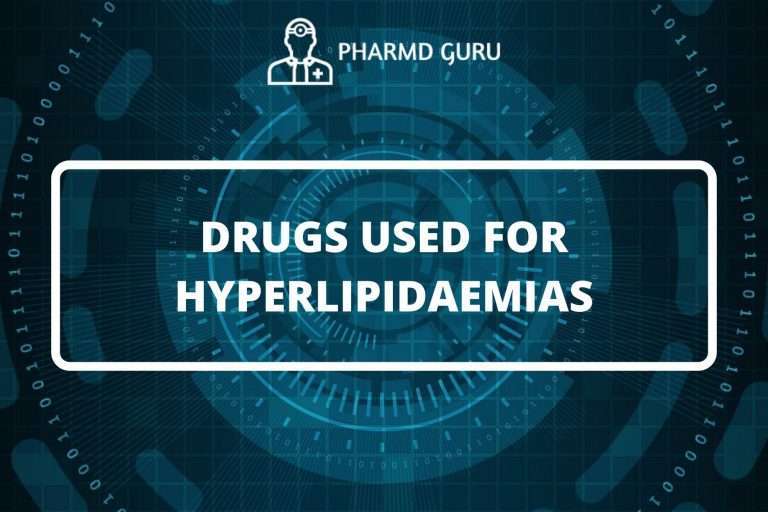
Introduction Hyperlipidemia means abnormally high levels of lipids such as cholesterol and triglycerides in the blood. It is one of the major risk factors for atherosclerosis, coronary artery disease and…
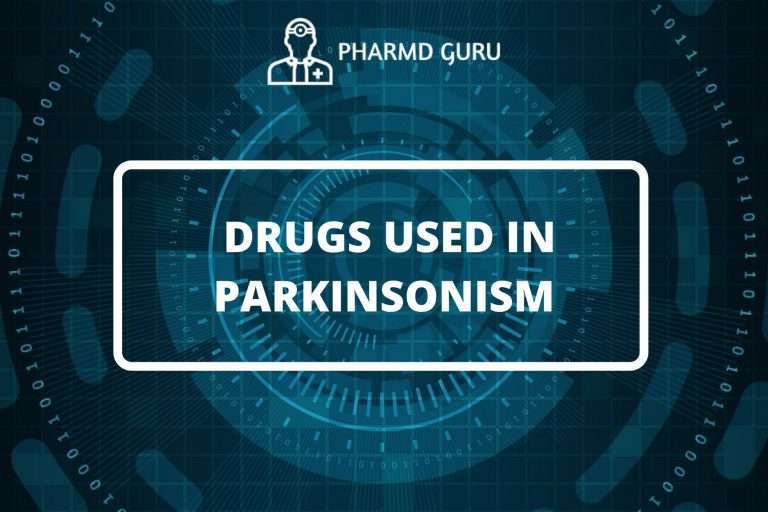
Introduction Parkinsonism is a chronic neurological disorder caused by loss of dopamine-producing neurons in the substantia nigra. This dopamine deficiency leads to the classic symptoms: tremors, rigidity, slow movements and…
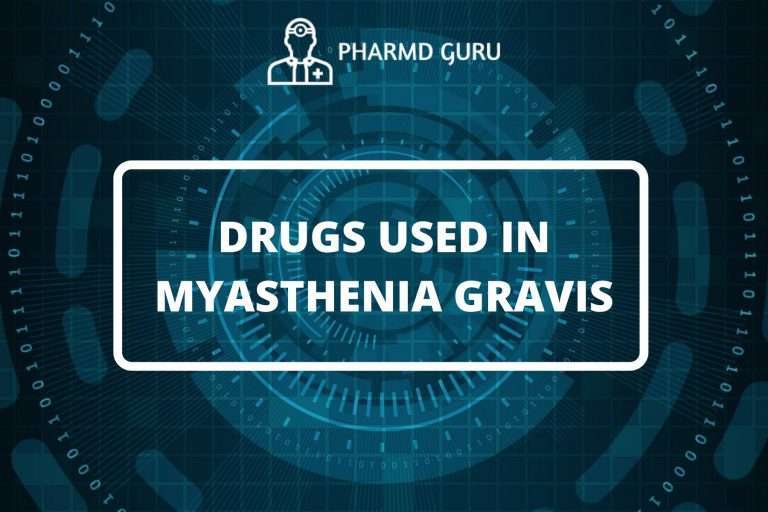
Introduction Myasthenia gravis (MG) is an autoimmune disorder that affects the neuromuscular junction and causes fluctuating weakness of voluntary muscles. The condition is due to antibodies that attack nicotinic acetylcholine…
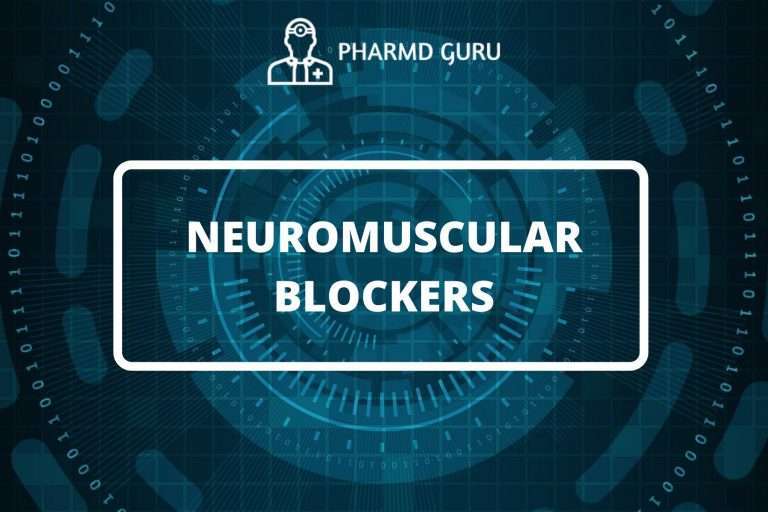
Introduction Neuromuscular blockers are drugs that relax skeletal muscles by blocking transmission at the neuromuscular junction (NMJ). They are commonly used during surgical procedures, endotracheal intubation and in conditions where…